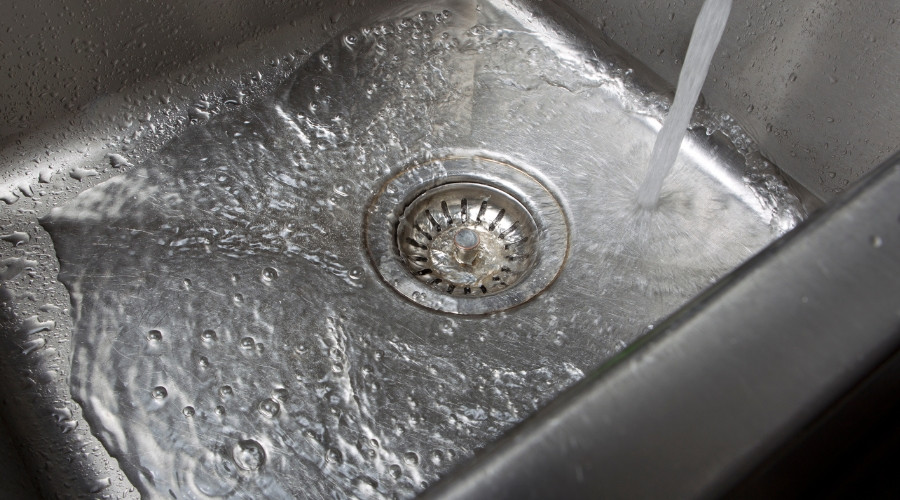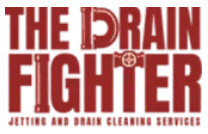Drain Cleaning and Signs It’s Needed Explained
Fed up with a stubbornly slow or completely clogged drain? When quick fixes fall short, professional drain cleaning delivers a reliable, longer-lasting solution. This guide breaks down the process from the first look inside the line to the final flow test, offering a clear picture of how experts clear blockages and protect plumbing systems. It covers what to expect during inspections, which tools are used—from a plumber’s snake to advanced hydro jetting—and the warning signs that suggest a deeper sewer line clog might be forming.
Signs Drain Cleaning Is Needed
 Household plumbing often telegraphs trouble before a full blockage appears. Slow-draining sinks, showers, and tubs commonly point to buildup inside the pipes that restricts normal flow. Lingering odors from drains can signal decaying organic matter trapped in the line, and those smells may spike when hot water runs or when indoor humidity climbs. Gurgling sounds indicate air struggling past a partial obstruction, a clue that the line is not venting and draining as it should.
Household plumbing often telegraphs trouble before a full blockage appears. Slow-draining sinks, showers, and tubs commonly point to buildup inside the pipes that restricts normal flow. Lingering odors from drains can signal decaying organic matter trapped in the line, and those smells may spike when hot water runs or when indoor humidity climbs. Gurgling sounds indicate air struggling past a partial obstruction, a clue that the line is not venting and draining as it should.
Backups across multiple fixtures are a stronger red flag. For instance, water rising in a shower after a toilet flush can indicate a clogged sewer line that affects the main branch of the system. Recurrent clogs in the same spots—the kitchen sink, a basement floor drain, or a particular bathroom—often mean the blockage lies deeper than a simple hairball or food scrap, and that a sewer line clog may be developing further down the line.
Situations that recur despite plunging or drain cleaner typically need professional attention. Persistent issues, strong odors, and cross-fixture backups warrant a closer look with diagnostic tools. In many cases, scheduling a sewer camera inspection or sewer video inspection helps pinpoint what’s actually inside the pipe—grease, roots, scale, or foreign objects—so the most effective drain cleaning method can be chosen right away.
Common Causes of Drain and Sewer Line Clogs
 Clogs usually build up over time as everyday debris narrows pipe openings. Kitchen lines are frequent trouble spots because grease, oils, and food particles can coat the interior of pipes, allowing additional debris to stick and form a dense mass. Coffee grounds and starchy scraps tend to lump together, adding to the blockage until flow slows dramatically and a drain snake or professional service is required.
Clogs usually build up over time as everyday debris narrows pipe openings. Kitchen lines are frequent trouble spots because grease, oils, and food particles can coat the interior of pipes, allowing additional debris to stick and form a dense mass. Coffee grounds and starchy scraps tend to lump together, adding to the blockage until flow slows dramatically and a drain snake or professional service is required.
Bathroom drains face a different cocktail of materials. Hair tangles around rough spots and fittings, snagging soap scum and residue from personal care products. Over weeks or months, that mixture can harden into a stubborn obstruction. Toilets also contribute to sewer line problems when items not designed to break down in water—such as wipes, cotton swabs, or dental floss—get flushed, leading to significant restrictions and the risk of a clogged sewer line.
Underground, roots naturally search for moisture and can intrude through small openings in older pipes. Once inside, roots expand and catch passing debris, creating a progressive sewer line clog that often shows up as repeated backups. When root intrusion or heavy grease is involved, clearing may move beyond a basic plumber’s snake to methods like sewer jetting or hydro jet drain cleaning to restore proper flow and help reduce future buildup.
How Do Professionals Perform Drain Cleaning?
Professional drain cleaning starts with an accurate diagnosis. Technicians often begin with a sewer camera inspection—also known as a sewer video inspection—to see the inside of the pipe in real time. This step helps identify the clog’s location, type, and severity, distinguishing between grease mats, mineral scale, root intrusion, or foreign objects. With clear visuals, a tailored plan can be created instead of relying on guesswork.
For moderate blockages, pros may use a mechanical auger, commonly called a drain snake or plumber’s snake. This flexible cable navigates bends and joints to break up obstructions, retrieve debris, or open a passage for improved flow. While a hardware-store tool might help with minor issues, professional-grade equipment reaches farther into the system and applies more consistent torque for a thorough result.
Severe or recurring clogs may call for advanced water-powered methods. Hydro jetting—sometimes referred to as sewer jetting—uses high-pressure streams to scrub the interior walls of the pipe, removing grease, sludge, and scale rather than just punching a hole through the blockage. Hydro jet drain cleaning is also used as preventative maintenance in lines prone to buildup, helping reduce future problems by flushing away residue and restoring more of the pipe’s internal diameter without harsh chemicals.
About The Drain Fighter Jetting and Drain Cleaning Services
The Drain Fighter Jetting and Drain Cleaning Services is a top-rated plumbing company offering same-day service and straightforward pricing in Capitol Heights and nearby areas. Experience exceptional customer service when you call to schedule drain cleaning services in Capitol Heights, MD.




